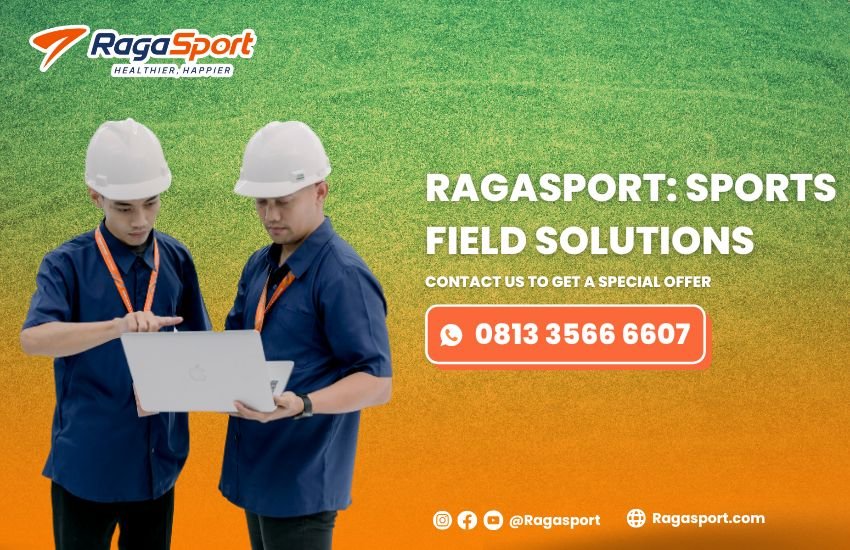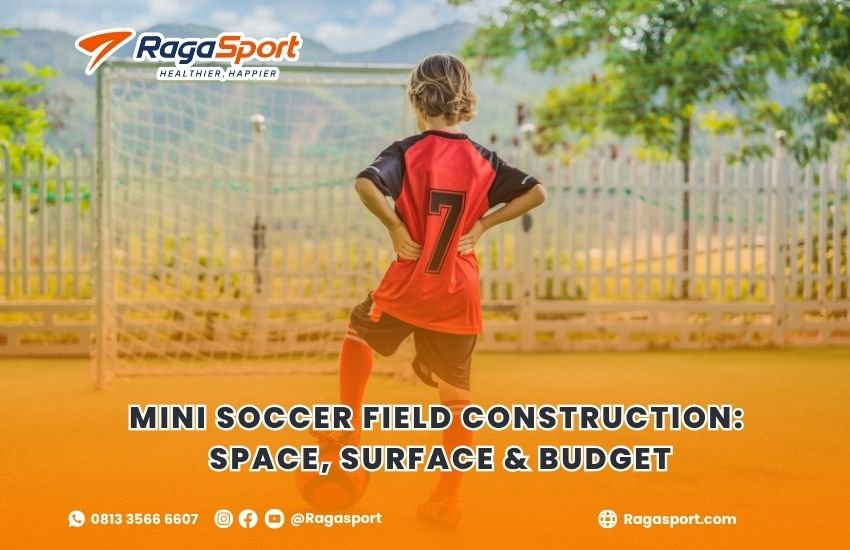Mini soccer fields have grown in popularity as urban areas seek compact, versatile sports solutions. Designed for smaller-scale matches and training, mini soccer fields are ideal for schools, communities, commercial sports centers, and private developments. However, constructing a high-quality mini soccer field requires careful planning in terms of space, surface materials, and budget. This article outlines the critical considerations to help you build a functional and durable mini soccer field.
Table of Contents
1. Mini Soccer Field Construction: Understanding the Purpose of Mini Soccer Fields
Mini soccer fields are designed for 5-a-side, 6-a-side, or 7-a-side games. These fields are suitable for youth training, recreational leagues, and indoor-style fast-paced matches. Their smaller size and accessibility make them ideal in areas where land is limited but interest in football is high.
Common users include:
- Schools and universities
- Soccer academies
- Sports clubs
- Hotels and residential complexes
- Government and community centers
2. Space Requirements for Mini Soccer Fields

2.1 Field Dimensions
The space needed varies based on the number of players:
- 5-a-side field: 25m x 15m to 42m x 25m
- 7-a-side field: 45m x 30m to 60m x 40m
- Run-off area: Minimum 2 meters around the perimeter for player safety
2.2 Site Considerations
When planning construction, assess the following:
- Land grading and drainage
- Accessibility for construction equipment
- Surrounding infrastructure (fencing, lighting, seating)
A well-prepared site ensures a stable base and prolongs field life.
3. Choosing the Right Playing Surface
3.1 Artificial Turf
Artificial grass is the most popular surface for mini soccer due to its low maintenance, weather resistance, and consistent performance.
Benefits:
- Long-lasting (up to 10 years with proper care)
- Suitable for all weather
- Reduced water and upkeep costs
- Optional shockpad layer for injury prevention
3.2 Natural Grass
While traditional, natural grass is less common in mini soccer fields due to high maintenance and space constraints.
Limitations:
- Requires frequent mowing and irrigation
- Prone to damage in high-traffic use
- Slower drainage and more downtime after rain
3.3 Synthetic Flooring (Indoor)
For indoor mini soccer fields, synthetic floors like rubber tiles or modular polypropylene panels are used. These are ideal for futsal-style play and offer excellent traction indoors.
4. Budget Planning and Construction Costs

4.1 Cost Breakdown
The total cost of building a mini soccer field depends on surface material, field size, and site location. Here’s a general overview:
- Site preparation: $5,000–$20,000
- Artificial turf installation: $20–$40 per square meter
- Fencing and enclosure: $5,000–$15,000
- Lighting systems: $3,000–$10,000
- Optional amenities (benches, drainage, scoreboard): Varies
4.2 Total Estimated Budget
For a standard 5-a-side artificial turf mini field:
- Low-end range: $25,000
- High-end range: $80,000+
Prices vary depending on geographic location, material quality, and added features. Working with an experienced contractor helps optimize costs.
5. Construction Timeline
5.1 Project Phases
- Site Survey and Planning: 1–2 weeks
- Excavation and Base Work: 1–2 weeks
- Turf Installation: 1 week
- Fencing and Lighting: 1 week
- Final Touches and Testing: 2–4 days
Total construction time: 4 to 6 weeks, assuming clear weather and site access.
6. Additional Features to Consider
6.1 Fencing and Netting
Enclosures keep the ball in play and ensure safety. Chain-link or mesh fencing with ball-stop netting is commonly used, with height ranging from 3 to 5 meters.
6.2 Lighting
LED floodlights allow evening matches and training. Four to six poles with energy-efficient fixtures are typically sufficient for even coverage.
6.3 Drainage System
Proper drainage prevents surface flooding and turf damage. Use sloped bases and drainage layers beneath artificial turf.
6.4 Seating and Shelters
Player benches, small stands, and shaded shelters enhance comfort for players and spectators.
7. Maintenance Requirements
7.1 Artificial Turf Maintenance
- Weekly brushing to keep fibers upright
- Removing debris and checking infill levels
- Cleaning with water to remove dirt and spills
7.2 Indoor Surfaces
- Regular sweeping and surface sanitization
- Inspection of seams and tiles
Routine maintenance extends the life of the surface and ensures optimal performance.
8. Safety and Compliance

8.1 Safety Standards
Ensure compliance with FIFA Quality Programme standards for dimensions, turf, and safety zones. Add shock-absorbing pads under turf for extra protection.
8.2 Accessibility
Include ramps and wide pathways to accommodate users with mobility needs, especially in school or public installations.
9. Advantages of Mini Soccer Fields
- Requires less land than full-sized fields
- Ideal for technical training and skill development
- Cost-effective solution for urban areas
- Can be installed indoors or outdoors
- Encourages year-round participation in football
Ready to Build the Perfect Mini Soccer Field?

Let Raga Sport turn your vision into reality with expert construction, top-quality materials, and a field that meets every standard.
👉 Explore our projects at ragasport.com/mini-soccer-field-construction-services/
📲 Chat with our team now via WhatsApp: wa.me/6281335666607

